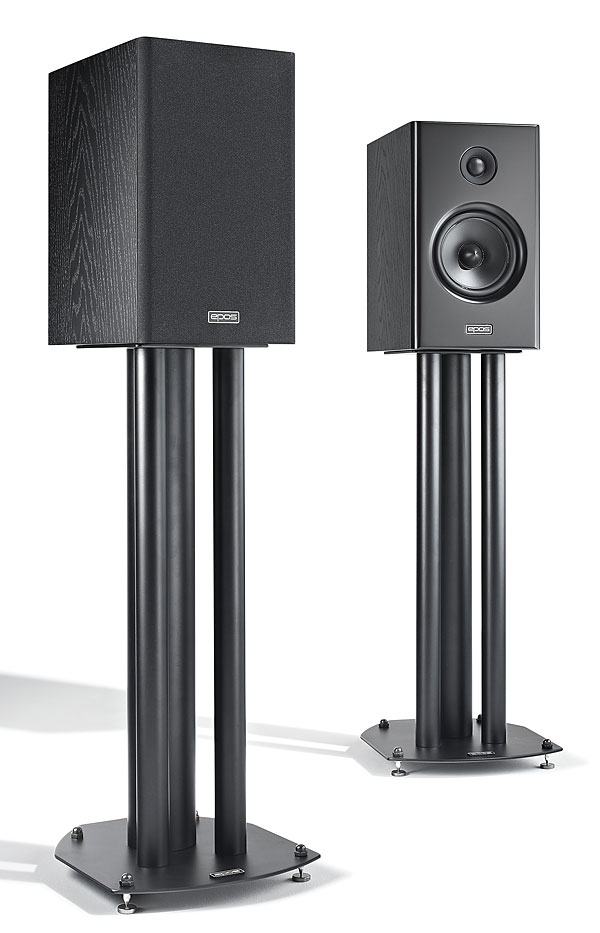| Columns Retired Columns & Blogs |
We can safely conclude from the review that the Elan 10 is a better speaker than the Dynaudio X12 in every respect. It's surprising X12 makes the cut in the list of Recommended Components in Class B ,whereas Elan 10 is Class C .I understand sound quality is the only criterion .Moreover Elan 10 is cheaper .
As much as I love and regard your reviews RJR I'm left to much ambivalence construing your recommendations.
Most of us readers do not have trained ears nor can we make much out of the 1 hour auditions we have the privelege to .So we look for expert recommedations .
So I would request you to suggest one speaker (only one) in the range of 1000USD for a smallish room (8' by 12') for listening to mostly elctronica ,rock and ocassional jazz and blues .






































